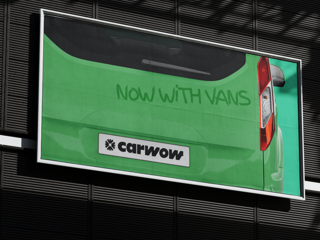The automotive industry is starting to look beyond the end of lockdown and weigh-up what the short and medium-term impacts of the COVID-19 coronavirus crisis will be.
Government has extended the UK lockdown until early May and is the media is suggesting a phased return to work for the UK that will roll into June.
Our Cap HPI consultancy, valuation, and forecasting teams have all worked together to assess the potential impact of COVID-19 across all market sectors, using our experience and industry knowledge, and gathering the views of a large number of our customers.
It has enabled the creation of over 120 assumptions for what may happen, from the point that the market starts to operate post lockdown, to the end of 2022.
One of our assumptions is that the opening of dealer showrooms and the ability to buy and sell cars will be in an early phase of the release of lockdown. If this does happen in the May and June period, values could be helped by dealers anticipating a bounce in buyer interest, assuming that the government’s support to businesses and jobs has been at least partially effective. The initial bounce could be strongest for cheaper cars.
It could also be helped by a possible slow return to normal levels of stock movements, as drivers and transporters get back to business. The bounce could be for a few weeks only until supply starts to be re-established, and this would be reflected in our Black Book Live movements.
However, it is to be expected that values will start lower than when the market stopped in late March as unsold stock will have aged and normal seasonal falls in value will still have some effect.
We expect that many lease contracts will have been extended during the lockdown and many consumer PCP contracts too, following the successful lobbying by the FLA to enable PCP extensions.
But, as vehicle movements get back to normal, there could start to be over-supply of ex-PCP and leased cars that were not extended during lockdown. Values could be impacted by some sellers reducing prices to restart their cash flow quickly.
As we move through the rest of this year and into 2021, we expect there to be ongoing problems for new car supply as factories with their fragile global supply chains struggle to get back to full capacity.
It may help mitigate some of the pressure on used values from the return of current leasing extensions. Even some South Korean production facilities, which had previously re-opened have now had to close again, due to the lack of immediate demand in the USA and Europe, combined with the constraints of international transportation.
Looking at 2022 and beyond, the fall in new car registrations this year and maybe into 2021, will have a positive impact on used values, as used supply starts to decrease. And this will be further supported by the decrease in supply ex-fleet cars, which we expect to see from summer 2021 onwards due to decreased levels of historic fleet registrations from late 2017 onwards.
COVID-19's impact on the economy and consumer confidence is likely to have still a negative effect on new and used car demand at first but then diminish over time as the economy recovers.
In summary, if the car market does restart around May or June, then we expect used values to come under some pressure in 2020 and 2021, but then recover during 2022.
By the end of that year, values will be around 11% less than three years previously, which is broadly in-line with normal expectations, when including model ageing.
In the longer term, they could strengthen further and exceed normal expectations, due to the fall in used supply.
Author: Andrew Mee, head of forecast UK at Cap HPI.



















Login to comment
Comments
No comments have been made yet.